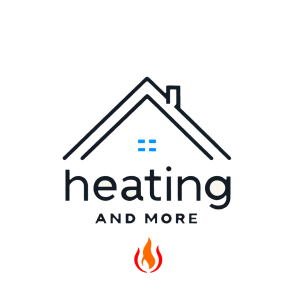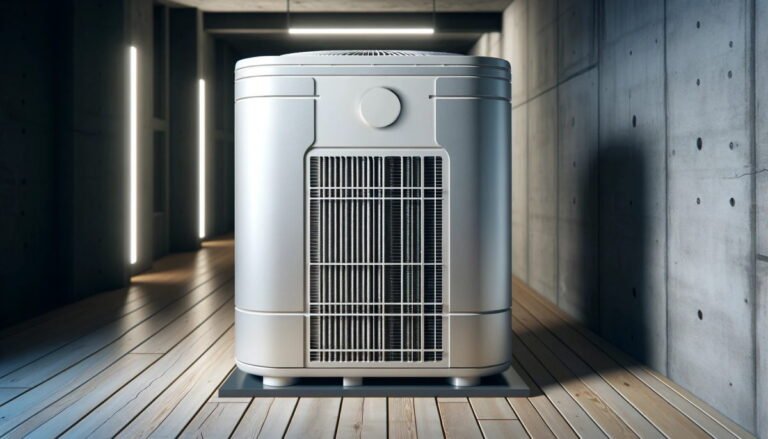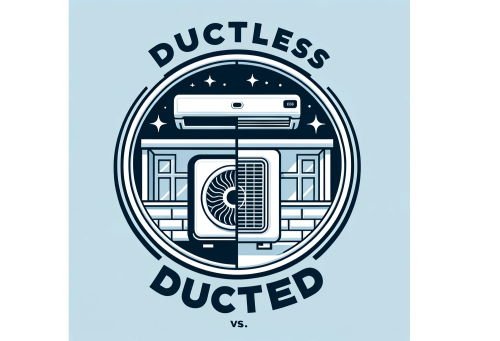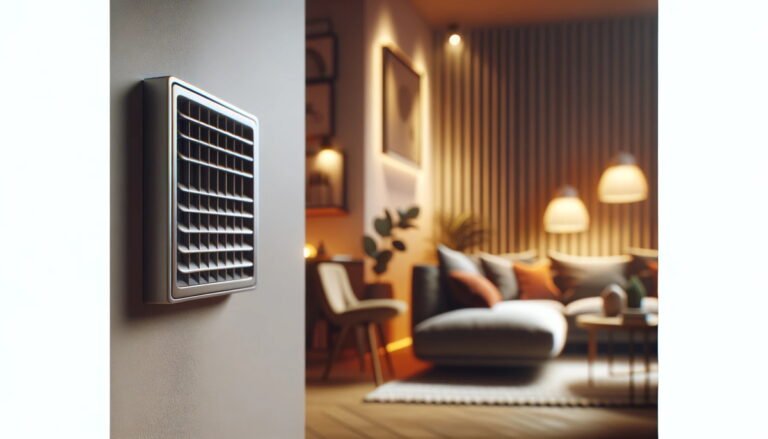Expert Tips for Heating a House with a Pellet Stove: Homeowner’s Guide
Are you in the market for a heating device to warm up your home, shed, cottage, or room but unsure which type to get? Heating a house with a pellet stove might be the solution you’re looking for.
With so many options available, you may have explored electric, gas, oil, or solar heaters, as well as heat pumps, in your search for an efficient and “green” solution.
While wood stoves have been in use for centuries, pellet systems are considered modern and deliver efficient, eco-friendly operation. These environmentally-friendly systems are one of the best sources of renewable energy for home heating.
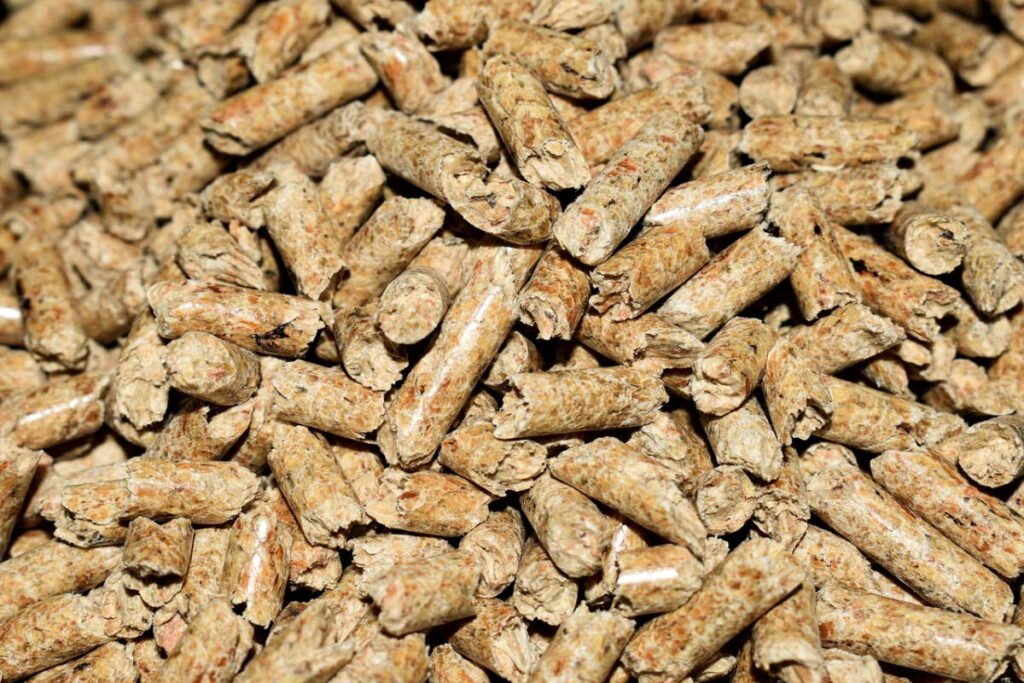
In this article, we will provide you with useful buying tips to help you choose the right pellet heating system for your needs.
Things to Consider When Heating a House with a Pellet Stove
- Types
- What are pellet stoves and pellet heating?
- How does a pellet stove work?
- Things to consider
- Pellet stove venting options
- Choosing pellets
- Pros and cons
- Pellet stove vs. wood stove
Types
There are two types of pellet heating systems: smaller pellet stoves designed to release heat directly into a small space, and central systems that use pellet boilers for whole-house heating.
Small pellet stoves are ideal for a single room, cottage, or shed, while larger pellet boilers with higher BTUs are suitable for whole-house central heating and even commercial applications.
What Are Pellet Stoves and Pellet Heating?
Pellet stoves are similar to wood stoves, but instead of burning large pieces of firewood, they burn small wood pellets. These pellets are typically made from compressed sawdust, wood shavings, and other industrial waste wood. Pellet heating is considered a modern and efficient method of home heating, offering several advantages over traditional wood stoves.
Main Components of Pellet Stoves
- Firebox: The chamber where the pellets are burned.
- Hopper: A storage bin that holds the pellets before they are fed into the firebox.
- Auger: A motor-driven screw that moves the pellets from the hopper to the firebox.
- Blower: A fan that helps circulate air and distribute heat.
- Ducting: Pipes or tubes that direct the heat into the desired area.
- Safety Elements: Various features to ensure safe operation, such as temperature sensors and automatic shut-off.
- Controller: A device that regulates the stove’s functions, including the pellet feed rate and temperature settings.
Pellet Characteristics
The pellets are small cylindrical particles usually made from compressed sawdust and wood shavings. They are stored in bags for easy handling and are considered a type of biomass fuel, an eco-friendly solution that is more efficient than wood and a great alternative to other fuel types, including oil, electricity, and gas.
The greatest advantage of pellets is that they burn hot and clean, leaving minimal ash behind. According to Wikipedia, premium-grade pellets produce less than 1% ash content, making them highly efficient and requiring less frequent cleaning. Additionally, because they are made from waste wood, using pellets helps reduce the amount of waste sent to landfills, contributing to environmental sustainability.
How Does a Pellet Stove Work?
Pellet stoves operate through a sophisticated process that ensures efficient and controlled heating.
Here’s a detailed look at how they function:
Pellets are fed into the stove either from the top or bottom, depending on the stove design. They use a motor-driven auger, a screw-type element, to move the pellets from the hopper to the combustion chamber (firebox) where burning occurs.
When the thermostat calls for heat, the auger activates and starts pulling the pellets into the firebox. The speed of the auger feed rate determines how much heat your stove can produce, providing precise control over the temperature.
The burning of pellets occurs on the burn pot inside the combustion chamber. Pellets can be ignited manually using a lighter or with an electronic ignition system such as a hot surface igniter (HSI). Sensors control the amount of pellets on the burn pot, while the thermostat sets and controls the temperature for optimal heating.
As the pellets burn, the combustion blower draws outside air into the combustion chamber. The resulting heat passes through a heat exchanger, which warms the air pulled in by the blower before expelling the exhaust gases through vents using exhaust blower fans. This ensures efficient heating and proper ventilation.
In addition to these elements, pellet stoves utilize convection fans to blow heated air into the room, ensuring efficient and comfortable heating. The convection fans help distribute the heat evenly, enhancing the stove’s performance.
The described pellet stove type is electric, as it requires electricity to run the auger and fans. However, there are also non-electric pellet stoves that use gravity to deliver pellets to the combustion chamber. These stoves rely on natural convection to radiate heat into the room, eliminating the need for blowers.
For those with an existing wood-powered fireplace, a pellet stove insert is a viable option. This insert allows you to convert your traditional fireplace into a modern, efficient pellet stove, combining the charm of a fireplace with the benefits of pellet heating.
Things to Consider
Efficiency. Pellet stoves are designed to operate with an efficiency of 80-85%. High efficient models can perform better while the energy waste is reduced.
Size. Consult a professional to buy a properly-sized pellet stove. If the stove is too big (oversized), it will deliver more power than you need and also waste fuel and pollute more. And if it is too small or under-sized, it won’t provide enough heat.
According to energy.gov, a pellet stove with a power output from 42,000-60,000 BTU can provide enough heat to 1300-2000-sq.ft homes. Performance is affected by the climate, how insulated your home is, layout, etc.
Capacity. See how much pellets a stove hopper can hold. A typical device can store between 35 and 130 pounds which is enough for a day or two, but it depends. Devices with a large firebox can provide longer operation without any work on your part.
Ease of use. One is common for most homeowners; they like comfort and convenience. That is why we recommend buying a stove with an electrical hopper so it can automatically feed the pellets and a self-lighting feature for the prompt start. A device can start and operate for many hours and with minimal input from your side. And if it includes some of the advanced features such as programming and remote control, even better.
Pellet Stove Venting Options
Venting for pellet stoves is required to remove the smoke and fumes to the outside safely, and the venting type depends on a few factors, including the device proximity to doors and windows.
Some devices have the exhaust pipe on top of the stove and some in the rear, allowing horizontal or wall penetration also vertical or roof penetration.
They come with a sealed exhaust and double-walled piping, with stainless steel inside and galvanized exterior.
Note: Improper venting installation can lead to hazardous carbon monoxide exposure, so be careful and make sure to follow the manufacturer’s instructions.
Choosing Pellets
Pellets are mostly made from wood and their by-products, including wood chips from commercial applications, sawdust, bark, hay, corn, nutshells, paper, etc. You have options to buy a stove that can run one or two types or a wide range of these biofuels.
Pellets for wood pellet stoves come in two types or grades: premium and standard.
Premium pellets are made of wood only, so they burn clean and generate more BTUs. As they generate a minimal amount of ash, there is less cleaning and maintenance involved. Also, they cost more.
Standard-type pellets are cheaper but are not that “pure,” as they contain some bark. They produce more ash and have more sodium content making them less efficient and requiring frequent cleaning.
Pellets are small and very dense, and if produced with low moisture content, they can burn with high efficiency. Small size and consistent geometry allow convenient packaging, storage, and automatic feeding with minimal adjustments.
Pellets are normally packed in 40-pound bags and should be stored in a dry and cool environment. Based on the typical burn rate, the bag can last you approximately 24 hours (but it depends).
Pros of Pellet Stoves
- Cost-Effective: More affordable than many other HVAC systems, both in terms of initial purchase and installation.
- Lower Operating Costs: Significantly lower operating costs compared to oil and propane heating systems.
- Eco-Friendly: Pellets are carbon-neutral, releasing CO2 levels similar to natural decomposition.
- Sustainable Ash Use: Ash can be used as a fertilizer, contributing to a circular economy.
- Minimal Creosote Production: No creosote, reducing chimney fire risk and maintenance needs.
- Ideal for Small Spaces: Perfect for heating single rooms, sheds, or cottages.
- Enhanced Efficiency with Ceiling Fans: Using a ceiling fan in reverse distributes heat evenly, maximizing efficiency.
- Aesthetic Appeal: The flame adds a cozy ambiance to your home.
- No Ductwork Required: Simplifies installation and reduces costs since ductwork isn’t needed.
- Safe Operation: Generates minimal heat through the walls. Many models have automatic shut-off and safety sensors.
- Versatile Heating Solution: Suitable for small homes, cabins, apartments, and individual rooms.
- Compatible with Wood-Fired Furnaces: Can be combined with existing wood-fired furnaces for a hybrid heating solution.
Cons
- Lower Efficiency: Pellet stoves have an efficiency around 80%, which is lower compared to gas-powered heating devices.
- Installation Limitations: They cannot be installed on combustible flooring like hardwood, vinyl, or carpeting; only on non-combustible surfaces such as tiles and stone.
- Venting Requirements: Proper venting is necessary to safely remove smoke and fumes, requiring careful installation.
- Heavy and Cumbersome: Pellet stoves are heavy and may require assistance for installation and setup.
- Regular Maintenance: The ash pan needs to be cleaned regularly to maintain efficiency and safety.
- Periodic Refilling: The hopper must be refilled periodically, requiring ongoing attention and effort.
- Storage and Handling: It can be inconvenient to carry and store the large number of pellet bags needed for continuous operation.
- Electricity Dependence: Most modern pellet stoves require electricity to operate, making them useless during power outages unless you have a backup power source.
- Noise: The operation of the feeder and fan can be noisy, potentially causing disturbances.
Comparing Pellet Stoves vs. Wood Stoves
The main difference between pellet and wood stoves is that pellet stoves use tiny compressed pellets instead of large pieces of wood. While pellet stoves are similar to wood stoves in that they produce natural fire without the need for chopping and storing firewood, they offer lower heating inefficiencies and higher pollution rates.
Internally, the main difference between the two types of stoves lies in the advanced elements, such as the circuit board, thermostat, fans, storage box, and auger.
Wood stoves require more maintenance, such as the frequent removal of ash and regular chimney inspection and cleaning. Additionally, they produce more smoke and fumes, which require attention during vent installation.
While wood pellets need to be purchased, you might be able to use your own firewood, which could result in free heating for your home. Pellets have a moisture content ranging from 5% to 10%, while firewood can contain up to 20% moisture, making pellet heating more efficient.
According to homeadvisor.com, most pellet stoves cost between $1,700 and $3,000 (in 2022) and they are cheaper to install than wood-powered heaters.
Conclusion
With the increasing costs of fossil fuels and electricity, many homeowners are considering heating a house with a pellet stove. As we can see, there are several reasons why using a pellet stove is the right choice, including benefits such as clean burning, high BTU output, and cost-effective operation.
These are just a few of the reasons why most homeowners prefer pellet heating systems as their primary heat source. With the tips we have provided, finding the best pellet stove for your home should be easy.
More Articles About Home Heating
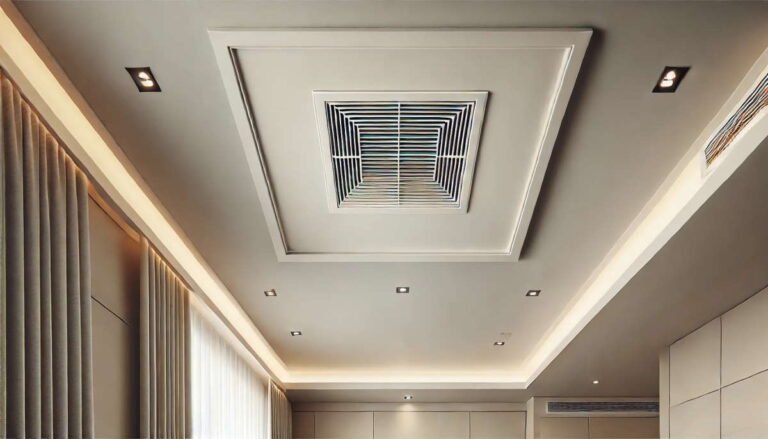
Tips and Tricks on How To Remove Bad Smell From The Air Ducts
The bad smell from the air ducts of your HVAC system is a common problem for many homeowners. Ductwork is the…

Heat Pump Not Cooling? Here’s What You Need to Know
Heat pumps are essential not only in the winter for heating our homes but also in the summer to cool…
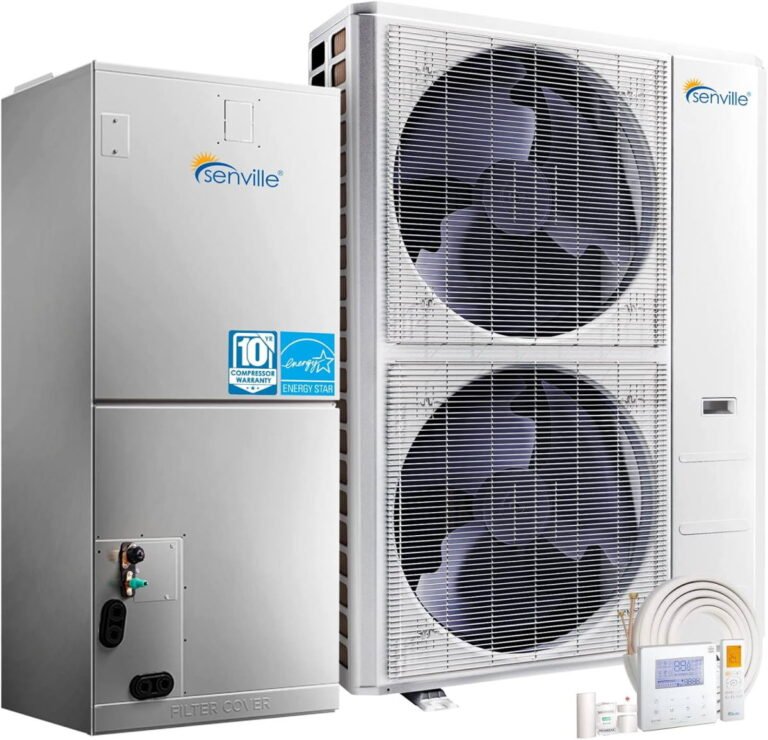
Compare Ductless Mini-Split Heat Pumps vs. Window Heat Pumps: Which Is Right for You?
In this article, we are going to look at ductless mini-split heat pumps vs. window heat pumps, examine how each…
